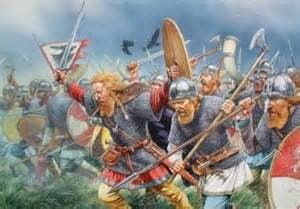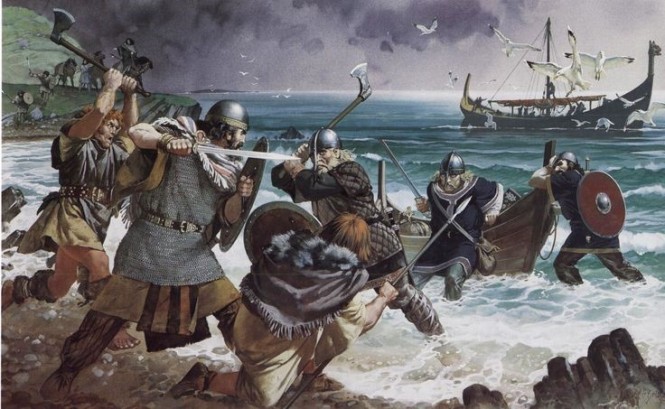
Ching Shih was a powerful pirate lord who lived between 1775 and 1844. This woman is considered to be the most successful pirate in history. Under her command her fleet engaged in conflict with the major nations of the time including the British Empire, Qing dynasty and Portuguese Empire. Yet how did this woman who started life as a prostitute rise to such power?
Unfortunately, not a lot is known about Ching Shih’s early life. We do know she was born in Guangdong province China in 1775 under the name Shih Yang. She worked in a floating brothel as a prostitute in Canton under the nickname Shih Heang Koo. It was while working here a pirate captain Zhèng Yi who commanded the notorious Red Flag Fleet noticed Ching Shih’s beauty and desired to be with her. There is some debate as to how Zhèng Yi and Ching Shih came to be married which has sadly been lost to history. Some believe it was as a result of Zhèng Yi ordering a raid on the brothel, while others believe it was a formal proposal on the condition Ching Shih would have some power within his fleet and obtain a share of the plunder. However, it happened, Ching Shih and Zhèng Yi began to lead the Red Flag Fleet together as husband and wife.
Under the couple’s leadership the Red Flag Fleet grew from 200 ships to more than 600, then growing even further under the Cantonese Pirate Coalition with former rivalling pirate fleets. Upon Zhèng Yi’s death on the 16th November 1807 in Vietnam, only 6 years after their marriage presented Ching Shih an opportunity to rise to become a pirate lord herself. She could have stepped down allowing Zhèng Yi’s second in command to take control, however not wanting to return to a life of prostitution and herself craving glory took charge by obtaining the support of her husband’s most powerful family members.

Once Ching Shih has taken control of the fleet she began the task of uniting the fleet by issuing a code of laws. This included all plunder having to be presented to the fleet before it could be distributed. Disobeying orders was punishable by beheading on the spot and no one was allowed to steal from villages that supplied their fleet. Furthermore Ching Shih set strict rules regarding the treatment of captured prisoners especially female ones. Any female captives who were considered “ugly” were to be released unharmed. But any pirate who wished to take a captive as his wife was free to do so as long as he remained faithful. Unfaithfulness and rape were both punishable by execution under her command.
Ching Shih and the Red Flag Fleet took control over many coastal villages stretching from Macau to Canton. Ching Shih was nicknamed “the Terror of South China” as she robbed towns, abducted people and executed others. She even had cruel punishments for those who resisted her, such as nailing rebels feet to her ship’s deck and beating them. The Chinese government in an attempt to defeat her engaged in a series of battles which ultimately led to Ching Shih taking over the government ships. Ching Shih’s reputation was growing as people believed she could not be defeated by the Qing dynasty, British or Portuguese. 
Due to the appearance that they could not be defeated, the Chinese offered amnesty to all pirates in a hope of ending Ching Shih’s reign. In 1809 Ching Shih finally began to suffer a series of defeats at the hands of the Portuguese Navy at the Battle of the Tiger’s Mouth. In their final battle in 1810 at Chek Lap Kok the Red Flag Fleet surrendered to the Portuguese and took the amnesty offered by the Qing Imperial Government, which also allowed her to keep any loot they had obtained over the previous year.
Ching Shih gave birth to a son in 1813 and a daughter later on. In 1822 Ching Shih moved the family to Macau and opened a gambling house and brothel while also joining the salt trade. Later in her life she served as advisor to Lin Zexu during the First Opium War in battling the British Military in 1839. She reached the end of her life in her bed surrounded by her family in 1844 and the age of 69 having lived an extraordinary life in a very rags to riches story.
(Disclaimer – I do not own the images used in this article, they are purely for educational purposes and the rights belong to the original artists)


















